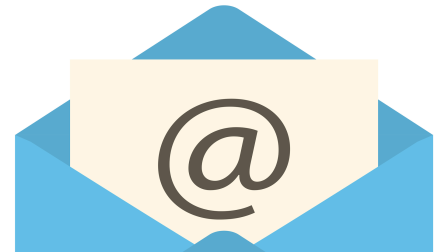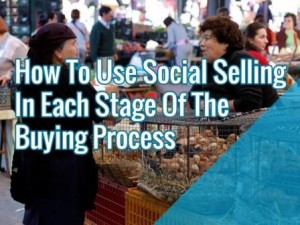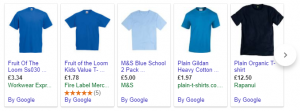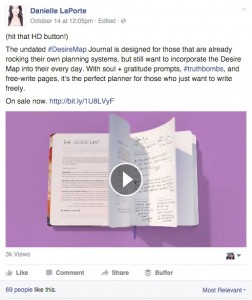Email automation can help marketers win with the inbox. Contributor Cynthia Price shares tips for using email automation to engage with consumers.

When done right, an automated email is like a breath of fresh air in the inbox. It’s relevant, personalized and timely — everything your subscribers want when they sign up for your email list. And for marketers, it’s a beautiful thing: They can save time, deliver a great inbox experience and drive top-notch results without ever hitting “send.”
Plus, automation works, with Epsilon reporting 75 percent higher open rates and 162 percent higher click rates. Sounds pretty good, right?
However, to get the most out of automation, marketers need to think beyond a one-time welcome email or a simple event reminder. Here are five ways you can use advanced automation techniques to win the inbox, big time.
1. Welcome new subscribers with open arms.
A subscriber will never be more engaged and interested in hearing from your brand than the moment after he or she joins your email list. So that first impression is super-important.
Many organizations send a single automated welcome email, which by itself is a good thing. Past data shows that welcome emails produce a 33-percent spike in long-term engagement.
However, one email cannot effectively introduce your brand and everything it has to offer, so consider creating an entire welcome series instead. Through a sequence of timely emails, your brand can tell its story in a way that helps new subscribers get to know you, gives them tons of value and gets them excited to open your future mailings.
2. Create the most compelling customer journey.
There are countless opportunities to create campaigns that will help nurture a subscriber throughout the customer journey. For example, track the emails that subscribers open and the content they’re clicking on to identify the specific topics, products or trends they’re most interested in.
By triggering relevant email messages to send automatically after subscribers click on specific content, you’re not only giving readers more of what they care about, you’re also showing them you’re paying attention to their individual needs and interests. If that’s not an important victory, I don’t know what is.
3. Take it outside the inbox.
Marketers know more about their audience and customers than ever before, so put your data to work by creating campaigns based on what your subscribers are doing outside of their inboxes. For example, if someone leaves a review about your brand, you can trigger different campaigns based on whether or not it was a positive or negative review.
And be sure to include a little something extra like a discount off a future purchase as a thank-you for their feedback, regardless of whether it’s positive or negative commentary.
4. Celebrate good times.
Automation is a robotic-sounding word, but it really means reaching people with timely messages based on key milestones, like signing up, making a purchase, or even a birthday celebration. It’s stuff that’s actually the opposite of robotic.
So celebrate those milestones with a coupon, free samples, a guide or whatever makes the most sense for your business. These kinds of emails are a nice personal touch, and they make your subscribers feel valued. Plus, they typically outperform other messages with the same offer.
5. Get re-engaged.
Attracting new subscribers is hard work, and keeping them around can be even harder. To bring subscribers you haven’t heard from in awhile back into the fold, create a campaign full of all the awesome things they’ve been missing to remind them of why they signed up in the first place.
And if your email marketing platform integrates with your e-commerce software, you can even use their past browsing or shopping history to offer a special discount that will pique their interest.
If you’re not taking advantage of automation, you’re missing out on some of the best-performing emails that you’ll ever send. Your subscribers will love the timely, relevant communications, and your boss will surely love the results.
Some opinions expressed in this article may be those of a guest author and not necessarily Marketing Land. Staff authors are listed here.
Marketing Land – Internet Marketing News, Strategies & Tips
(60)
Report Post








